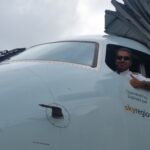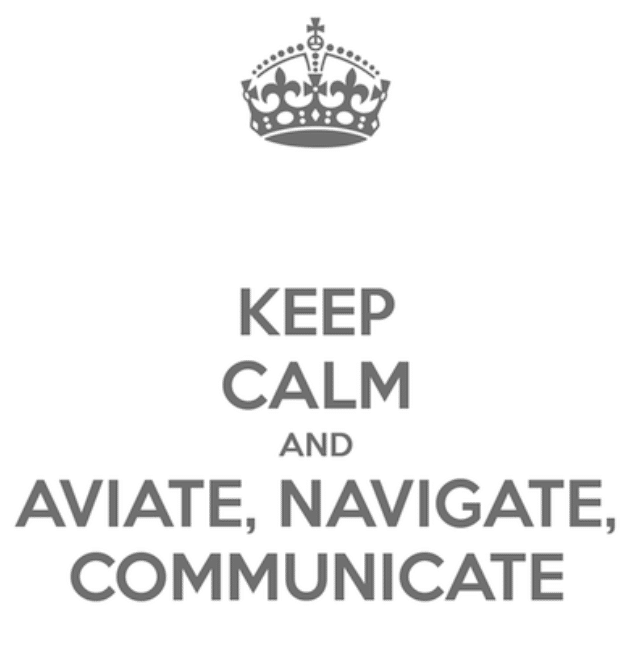Aviate Navigate Communicate. This phrase is a key principle, or law to most, that guides pilots in their flight operations during any sort of task management or emergency. This principle is an essential part of workload management during high stress scenarios which require prioritization. Join us as we will explore each of these principles in more detail and discuss their importance in aviation.
Aviate
The first principle of aviate is to fly the aircraft. This means that pilots must maintain control of the aircraft at all times, and ensure that it is flying safely and within its operating limits. This is an absolute priority no matter what the situation is inside the aircraft. In a two crew environment, someone must always be flying the airplane.
In addition to maintaining control of the aircraft, pilots must maintain situational awareness by analyzing the current state of the aircraft and predicting where the aircraft will be in the near future. This may involve navigating around weather systems, avoiding other aircraft, or responding to air traffic control clearances and instructions.
One example of the importance of aviating can be seen in the case of US Airways Flight 1549, which made an emergency landing in the Hudson River in 2009. The pilots of the aircraft had to quickly assess the situation and take control of the aircraft after it struck a flock of birds, causing both engines to fail. By maintaining control of the aircraft and safely landing it on the river, the pilots were able to save the lives of all 155 people on board. The priority in this scenario was to fly the airplane to a safe location while minimizing all other tasks.
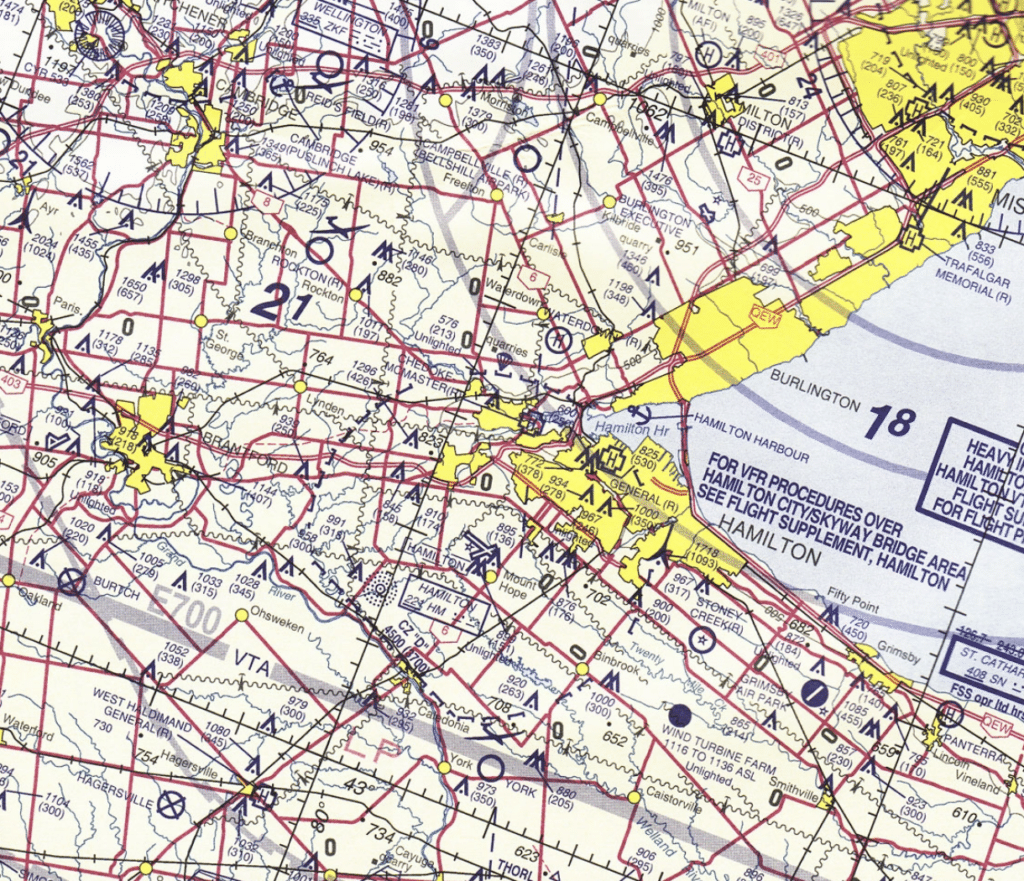
Navigate
Making sure the airplane is flying on the correct path and in the desired direction is the second principle in Aviate Navigate Communicate. Although not explicitly navigating, this is an extension of the aviate principle as the pilots are executing whatever plan they have come up with. This may involve simple heading adjustments, GPS integration, climbs or a descents, setting an aircraft up for approach, or maybe just a continuation of the present conditions. The priority is to determine where the aircraft needs to be and get the airplane there.
In addition to monitoring the aircraft’s position and course, pilots must also be aware of the airspace around them and any potential hazards. This includes monitoring other aircraft, avoiding restricted airspace, and navigating around weather systems. When flying over the Atlantic Ocean, there are certain contingency procedures which must be followed in the event of an emergency. Failure to follow these procedures may increase the risk of collision over the ocean when operating near other aircraft.

Communicate
The third principle of communicate is to maintain clear and effective communication with air traffic control. This is the least important in Aviate Navigate Communicate and therefore comes last. The priority is always to ensure the state of the aircraft and where it is going is safe before communicating any situation.
Imagine an aircraft is flying at 35,000ft and it experiences a rapid depressurization. In this case, the pilots must first put on their oxygen masks and begin an emergency decent to around 13,000ft prior to resuming a normal flight management routine. But imagine the pilots stayed at 35,000ft and communicated to air traffic controllers the situation before beginning the emergency decent. They would very quickly become hypoxic and there would be a repeat of Helios 522. Doing this would not make any sense. Always, always, fly the airplane first.
One example of the importance of communication can be seen in the case of United Airlines Flight 232, which suffered a catastrophic engine failure in 1989. The pilots were able to use their experience and training to maintain control of the aircraft, but they were unable to maintain hydraulic pressure, which made it difficult to control the aircraft. The pilots communicated their situation to air traffic control, who were able to clear the airspace and prepare for an emergency landing. Despite the tragic loss of life in the incident, the pilots’ clear communication with air traffic control helped to minimize the impact on the ground.
In conclusion, the principles of aviate, navigate, communicate are essential for ensuring the safety of passengers and crew, as well as for achieving successful flight outcomes. These principles guide pilots in their flight operations and help to ensure that they are able to maintain control of the aircraft, navigate safely, and communicate effectively. By following these principles, pilots are able to manage risk and respond to unexpected situations, which helps to ensure the safety of everyone involved in aviation.
About
This material is extensively discussed in our Commercial Pilot Ground School course. Skills and knowledge which relate to crew resource management often lack in ground schools because the flight instructors lack any relevant CRM experience. Good thing our ground schools are taught by experienced airline pilots and flight instructors who know what you need to know to be successful.
- Aviation Resume Writing
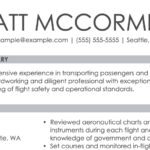
- Depression and Medications for Pilots
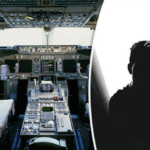
- ROC – A: Restricted Operator Certificate with Aeronautical Qualification

- ADHD in Aviation

- Transport Canada Aviation Medical

- Navigating the IATRA Exam: A Key Step for Aspiring Commercial Pilots in Canada
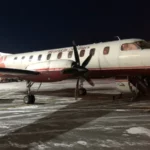
- Private Pilot License Canada Timeline | Learn Quickly with Canadian Flight Trainers
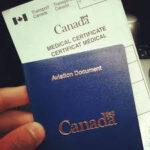
- Literacy in Aviation
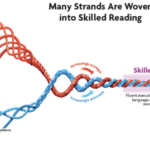
- Our Tips for Commercial Pilot Training in a Flight School
